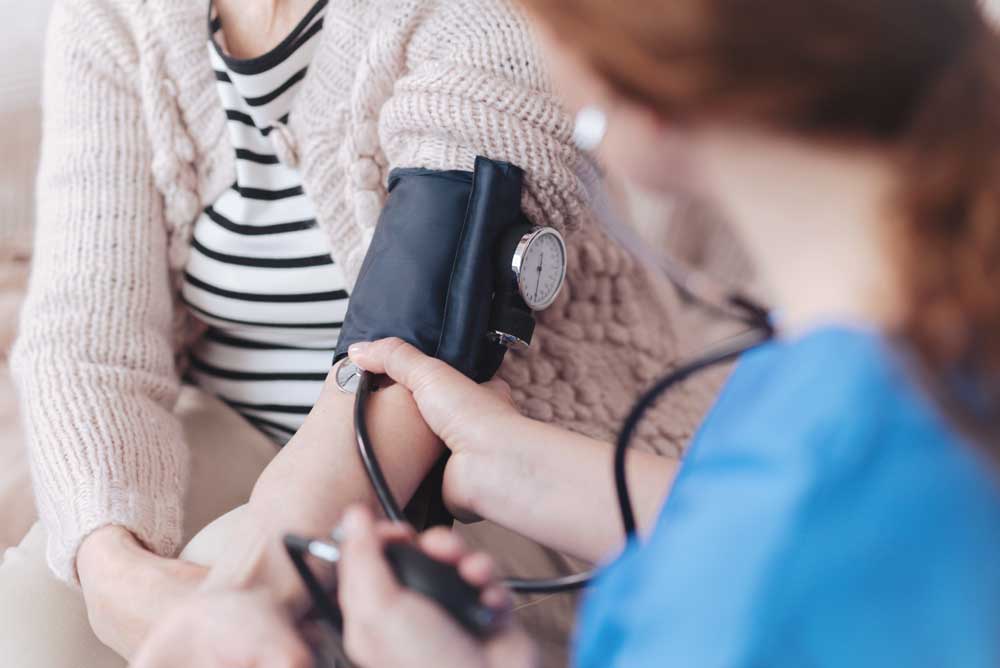Let’s try it out:
Find a comfortable seat in an environment where you feel safe. When you feel ready, begin to relax the muscles in and around your forehead, jaw, and shoulders. Take a deep breath in through your nose for a count of three – two – one. Pause at the top, and then when you’re ready, exhale through your mouth for a count of three – two – one. Pause at the bottom, and then repeat this pattern for as many times as you’d like. If the mind wanders, as it will, just notice and then gently invite it back to the breath. As you practice, feel free to lengthen or shorten the number of seconds you inhale, exhale, or pause the breath. Notice if you feel anything changing in the mind or body.

About the Author
Kayla Johnson is a Licensed Mental Health Counselor (LMHC) that loves to help clients that experience anxiety and panic. In addition to her work as a therapist, Kayla also teaches yoga! Here’s a link to her bio where you can learn more about Kayla and her work: https://starmeadowcounseling.com/counselors/kayla-johnson/

10 Awesome Mental Health Apps
According to statistics from the National Alliance on Mental Illness, each year about 1 out of every 5 Americans adults suffer from one form of mental illness or the other. Mathematically, that works out to 48.3 million of the total American adult population, and with...

Anxiety and Stress: How Does Our Body React?
Have you ever wondered what's happening in your body when anxiety and stress are triggered? Stress and Anxiety are "fight or flight" responses, which allow us to react faster and more appropriately, depending on the situation. These have been incorporated in us...

Anxiety: Your Friend?
Anxiety and panic attacks are uncomfortable. Sometimes anxiety is so physically uncomfortable that people experience heart palpitations, nausea, chest pain, dizziness, difficulty breathing, or faintness. Sometimes anxiety symptoms worry someone so much that they call...

